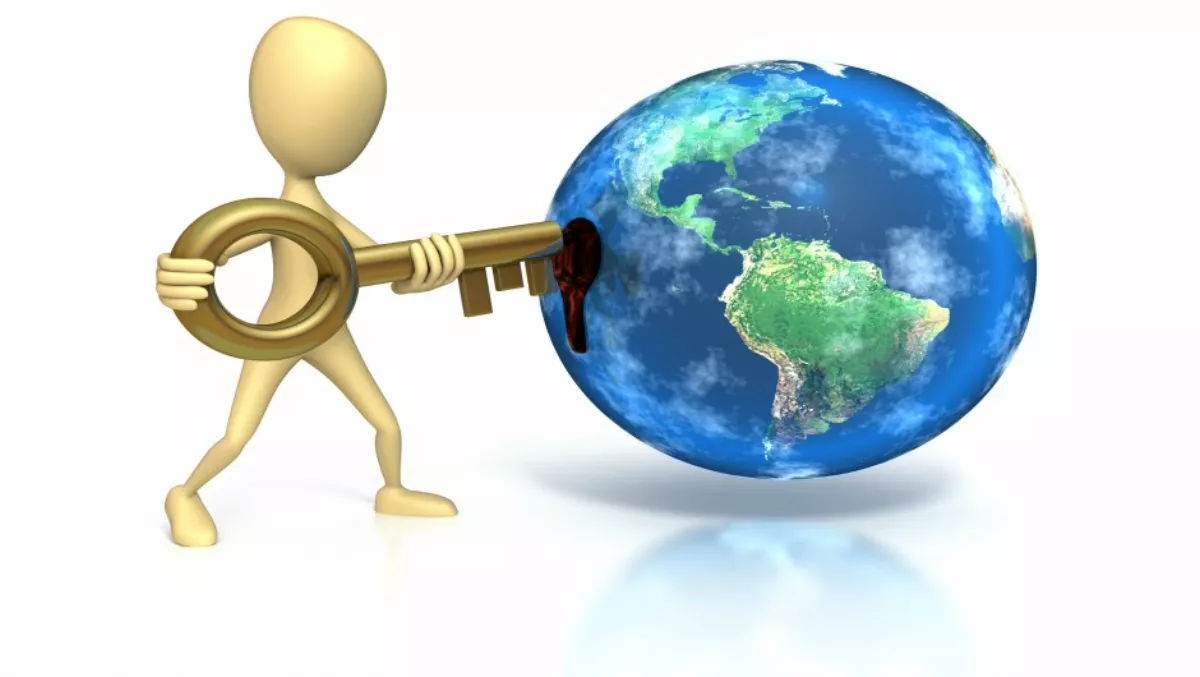
Lab-on-a-chip unlocking the world of science
A future filled with Kauri trees, and early detection of disease and infection sounds great – and it could soon be a possibility thanks to new technology from the University of Canterbury (UC).
Laboratory-on-a-chip has been developed by Dr Volker Nock that's literally the length of a thumb.
Dr Nock is a principal investigator in UC's Biomolecular Interaction Centre, completely dedicated to the study of molecular interactions that are critical to biological function.
Along with UC's biochemist Dr Ashley Garrill, Dr Nock has developed the platform that's designed to study the mechanics of microorganisms.
"Lab-on-a-chip is an area where New Zealand can compete internationally. We have a strong biological sector. We can respond here first in this country, and from there, deliver solutions to the world," says Dr Nock.
Dr Nock has been integrally involved in perfecting the experimental environment, where small flexible pillars on a chip provide the tool to measure the force response of an organism.
He says the problem with working with the nematodes is that existing mutants with interesting behavioural traits were difficult to import into New Zealand.
A further problem for the team of engineers was that at UC there were no biologists who were driving this work. The answer came in the form of Dr Garrill, she approached Dr Nock to see if there was an application for his work with fungi.
"It is in no way conclusive yet, but hypothetically if you were to expose cancer cells to mechanical force they might revert back to something that looks like the behaviour of a normal cell," he adds.
"This is very exciting since we have the fabrication techniques at UC for producing labs-on-a-chip, which may offer the possibility of looking at what mechanical forces cells experience in certain tissues and expose them to a whole range of mechanical stimuli.

